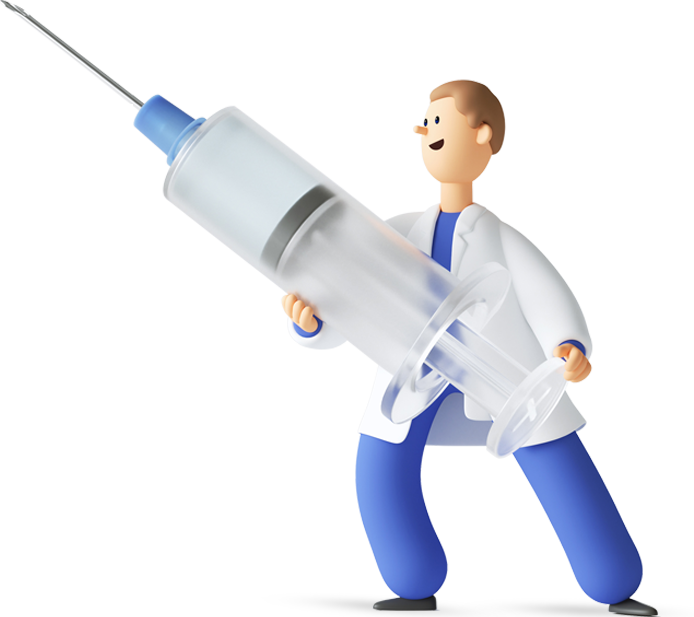
Adenoid What is it?
Adenoid (Adenoid)is the spongy lymphatic tissue between the nose and throat, behind the nasal cavity and above the roof of the mouth.
The adenoid is used to clean bacteria and viruses in the air taken in through the nose. antibodies produces. In this way, it prevents harmful microorganisms from entering the body and provides early warning to the immune system. Thanks to these tasks, the adenoid is particularly babies and children plays a preventive role for diseases.

Adenoid How is it treated?
Adenoid enlargement in order to make a diagnosis ear, nose and throat a detailed physiological examination of the adenoid area is performed. This examination is a basic step to assess the size and condition of the adenoid. If necessary, radiographic imaging or endoscopic examination Further examinations such as advanced examinations can be performed. These methods are used to more clearly show the growth rate of the adenoid and potential infections.
Once an adenoid enlargement or infection has been diagnosed, the first treatment is usually Medical that is, it starts with medication. This treatment Antibiotics, antihistamines, decongestants, painkillers and nasal sprays It is done with drugs such as. These medicines aim to reduce inflammation in the adenoids and promote healing. However, since the side effects of medication should be avoided, the duration of this treatment is usually limited and should not be insisted on.
If there is no improvement despite medical treatment and adenoid enlargement or infection persists, the adenoid may pose a threat to the immune system. In this case, the need for surgical intervention arises and the adenoid is removed surgery decision is removed. The operation is considered a step towards eliminating health risks that may occur due to enlargement or infection of the adenoid.

Adenoid In which cases is surgery decided?
If adenoid enlargement or inflammation recurs frequently and medical treatment does not produce results, adenoid surgery (adenotomy or adenoidectomy) may be necessary. Although the adenoid acts as part of the immune system, removal of the adenoid does not weaken the immune system, as there are other structures in the body that fulfil this function. However, if left untreated, adenoids can be a source of serious disease and can lead to other health problems.
It is important to perform surgical intervention without losing time, especially if conditions such as difficulty breathing, recurrent adenoid infections that do not respond to drug treatment, sleep apnoea, speech disorders, disorders in jaw and tooth development, heart failure occur. In addition, since adenoid enlargement or infections can sometimes be a sign of serious diseases such as tumours, it should be taken into consideration that surgery should be performed in such cases.
Frequently Asked Questions
How long does the healing process take after adenoid surgery?
The healing process after adenoid surgery usually begins within a few days, but full recovery may take several weeks. In this process, it is very important to follow the doctor's instructions carefully. Acting in accordance with the treatment applied accelerates recovery and minimises the risk of complications.
Are the results of adenoid surgery permanent?
The results of adenoid surgery are usually permanent. However, in some cases, adenoid growth may recur. This may be due to genetic factors, allergic reactions or other health problems. Although there is a possibility of recurrent growth, most patients are relieved for a long time after surgery.











